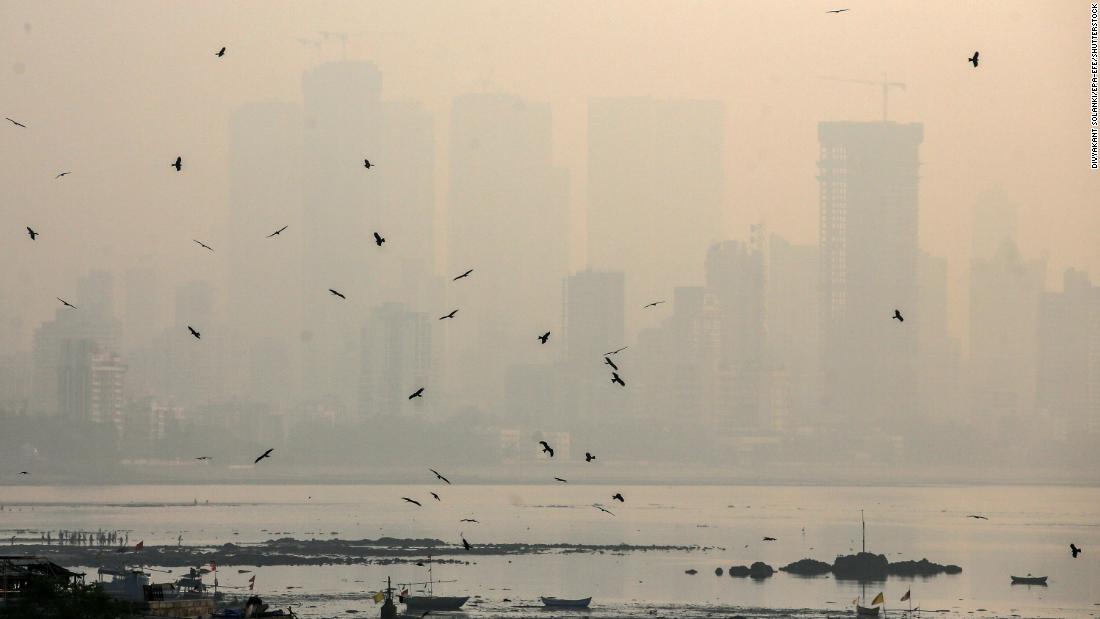
Researchers found that an estimated 349,681 pregnancy losses per year in India, Bangladesh and Pakistan were linked to poor air quality.
But the study is believed to be the first of its kind to quantify the effect of environmental pollution on pregnancy loss in South Asia – one of the most polluted regions on Earth – and the authors say their findings are important for improving the public and the mother. health, especially in low-income countries.
“South Asia has the greatest burden of pregnancy loss worldwide and is one of the most PM2.5 polluted regions in the world. Our findings suggest that poor air quality could be responsible for a significant burden of pregnancy loss in the region, adding further justification is for urgent action to address dangerous levels of pollution, ”said lead author of the study, Dr. Tao Xue, assistant professor at Peking University, China.
PM2.5 is a small particle pollutant that, when inhaled, can penetrate deep into the lungs and enter the bloodstream. The particles, consisting of dust, dirt, soot or smoke, come from construction sites, dirt roads, fields, chimneys or fires and can contain a variety of chemicals. But most particles are a mix of pollutants from power plants, industrial emissions and vehicles.
Researchers focused on these tiny pollution particles. They found between 2000 and 2016 that 7.1% of pregnancy losses in South Asia were due to maternal exposure to air pollution that exceeded India’s current air quality standard of 40 micrograms per cubic meter of air.
Expectant mothers from rural areas or older mothers were at greater risk than young mothers from urban areas, the study found. And pregnancy loss from air pollution was more common in the northern plains in India and Pakistan.
To arrive at their findings, researchers used satellites to look at data from household surveys on health from 1998 to 2016 and estimated exposure to pollution during pregnancy. They then created a model that examined how exposure to pollution increased the risk of pregnancy loss in women, taking into account maternal age, temperature and humidity, seasonal variations, and long-term trends in pregnancy loss.
The study involved 34,197 women who lost a pregnancy, including 27,480 miscarriages and 6,717 stillbirths. Of the pregnancy losses, 77% came from India, 12% from Pakistan and 11% from Bangladesh.
The authors say poorer air quality can increase the burden of pregnancy loss in low- and middle-income countries, so improving pollution levels could reduce miscarriages and stillbirths and lead to knock-on improvements in gender equality.
“We know that losing a pregnancy can have psychological, physical and economic consequences for women, including an increased risk of postpartum depressive disorders, infant mortality during subsequent pregnancy and higher costs associated with pregnancy, such as loss of labor,” said co author Dr. Tianjia Guan, of the Chinese Academy of Medical Sciences and Beijing Union Medical College.
The study warns that more research is needed to establish a causal link between pollution and pregnancy loss, as they said the study data is subject to recall bias. The researchers were also unable to distinguish between natural pregnancy loss and abortions. They also note that there was underreporting of natural pregnancy losses due to stigma or ignoring very early miscarriages.